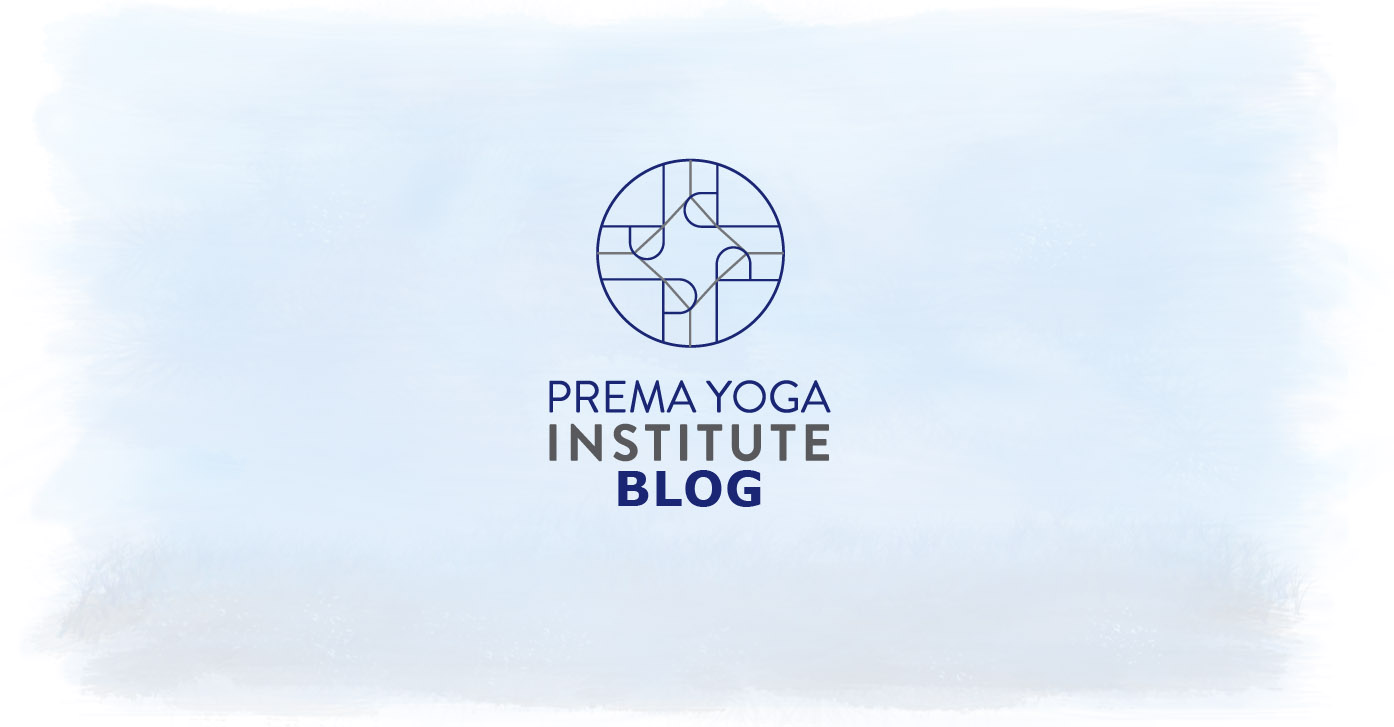
The Science of Sound Yoga and Sound Healing: An Exploration into the Power of Sound
The world of sound yoga and sound healing, encompassing practices like sound meditation and sound yoga therapy, offers a fascinating glimpse into the intersection of ancient wisdom and modern science. This field, integral to yoga teacher training, leverages the power of sound to both heal and harm. Understanding this dual nature of sound is critical for anyone pursuing teaching yoga or yoga accreditation.
The Dual Nature of Sound
Sound possesses the remarkable ability to organize neural activity and positively stimulate our bodies. It can boost endorphins, lower blood pressure, reduce stress hormones, and even increase levels of immune-cell messenger molecules that help regulate the activity of other immune cells. This aspect of sound contributes significantly to re-balancing our emotions.
Conversely, sound also has the potential to negatively impact our well-being. It can increase blood pressure, disturb digestion, raise our breathing rate, and interfere with sleep. This dichotomy underscores the importance of understanding and harnessing sound in therapeutic contexts, particularly in sound yoga therapy.
Entrainment and Resonance: The Foundations of Sound Healing
Entrainment, a concept discovered by Dutch scientist Christian Huygens, involves modifying brain waves, breath, movement, emotion, or thoughts by matching the rhythm of an external stimulus like sound or music.
For instance, slow music can entrain your pulse to a slower rate, while chaotic sounds can heighten emotional tension. This phenomenon is pivotal in sound yoga, where specific sounds and rhythms are used to positively alter brain waves.
Entrainment explains how certain sounds and rhythms can change brain waves.
Resonance, originating from the Latin verb “resonare,” refers to the change in an object’s vibratory rate in response to external vibrations. This concept is a cornerstone in sound meditation and sound yoga therapy, highlighting our natural tendency to seek resonance from early life stages.
Sensing Sound: From Womb to World
Our journey as vibration-sensing beings begins in the womb. The development of ears as the first sense organ and the fetus’s ability to process sound during the second trimester are pivotal in our early interactions with sound. Alfred Tomatis, a pioneer in psychoacoustics, revealed that fetuses can differentiate between novel and familiar sounds, indicating the beginnings of learning through sound.
The mechanics of hearing involve a complex process where sound waves travel through the ear, causing various reactions that eventually translate into sound in our brains. This process is integral to understanding how sound therapy impacts us.
Beyond Hearing: Bone Conduction and the Vagus Nerve
Dr. Tomatis’s research extended beyond traditional hearing to bone conduction, demonstrating that we also hear through vibrations in our bones. This finding is particularly relevant in Sound Yoga Therapy, where the singing voice and certain instruments can stimulate the vestibular system, impacting balance and spatial awareness.
Furthermore, the ear’s connection to every body organ through the vagus nerve reveals how sound can influence our entire body. Stimulating the vagus nerve with soothing sound can induce a state of calm throughout the body, a principle leveraged in sound healing practices.
The Role of Nitric Oxide in Sound Healing
Nitric Oxide (NO) plays a crucial role in our body’s response to sound. This gas molecule, vital for the healthy function of all organ systems, is rhythmically released into tissues. Stress reduces NO production, triggering a sympathetic response. Conversely, increased NO production fosters a parasympathetic state, leading to relaxation. Intriguingly, simple actions like humming can significantly increase nasal NO production, highlighting the power of sound in physiological processes.
The Bottom Line
The science of sound yoga, sound baths and sound healing present a compelling blend of ancient practices and modern scientific understanding. As we delve deeper into yoga teacher training and yoga therapy online training, incorporating sound meditation and sound yoga therapy becomes increasingly relevant. By harnessing the power of sound, we can positively impact our physical, emotional, and mental well-being, making this an exciting and evolving field in holistic health and wellness.
Interested in sound yoga, sound healing and in learning how to incorporate sound into your yoga practice or profession? Join Jessica Caplan, Dana Slamp and more this spring – live and online – for Sound Yoga Therapy. CE’s with Yoga Alliance and credit towards our Yoga Therapy Certification. Call us at Prema Yoga Institute and advance your yoga teaching career today!
What does Pride mean to me?
As a little boy growing up, my family would always encourage me to be my most authentic self as long as I wasn’t being hurtful to others.
As a little boy growing up, my family would always encourage me to be my most authentic self as long as I wasn’t being hurtful to others. Looking back on my upbringing, I see it meant that I was able to be friendly, curious, unafraid, loving, expressive, creative, open and adventurous. It meant that I was able to self define, it meant that I was able to show the world who I was.
Later on, outside of my home and my family, other people and forces tried to define me. To this moment outside forces are still trying to define me. However, because my foundation was so strong, I know fundamentally that the most important defining voice in my life will always be my own.
Pride means being able to show who you are, without fear, to be able to stand in the light of your truth (Satya), and to know that being your most authentic self, without hurting others, is one of the greatest gifts you can share with the world. Working in the world of therapeutic yoga, I would like to inspire pride in my clients and colleagues because this kind of pride, this freedom, honesty, and self-love practice, can only make you stronger, physically, mentally, emotionally and spiritually. Practice Pride! Happy Pride!
Dorian Shorts
E-RYT 500
YACEP
Yoga Therapist Candidate
DorianShorts.com
Bee Breath: Hum Your Way to Health
“Whether we like it or not, we are all either in a stage of prevention or in a stage of recovery from COVID-19.” These words get you thinking: am I doing everything I can to support my own health at this time?
During PYI’s latest Breath Coaching Course, an incredible faculty of doctors, nurses, psychologists, and yoga therapists gathered to teach a group of over fifty students a range of breathing tools to support prevention and recovery from COVID-19.
“Whether we like it or not, we are all either in a stage of prevention or in a stage of recovery from COVID-19.” These words get you thinking: am I doing everything I can to support my own health at this time?
During PYI’s latest Breath Coaching Course, an incredible faculty of doctors, nurses, psychologists, and yoga therapists gathered to teach a group of over fifty students a range of breathing tools to support prevention and recovery from COVID-19.
Among the many useful breath techniques covered, I was delighted to reacquaint myself with an old favorite, Bee Breath or Bhramari Pranayama. As someone who has experienced a severe anxiety disorder, sometimes “taking a deep breath” or focusing on the breath at all wasn’t helpful or even available. However, I had discovered that Bee Breath had the power to literally drown out that anxious mental loop, and its vibration could immediately ground me in my body. I would say that Bee Breath is not only a breathing practice, but also a form of meditation.
Bhramari is the Sanskrit word for “bee,” and this pranayama or breath exercise is so named for the humming sound produced - like the gentle low buzz or droning of a bee. Sounds relaxing, right? It is, and here’s some science to back that up: as we’re exhaling and creating the droning sound, we’re also lengthening our exhalations - which in turn activates the parasympathetic nervous system, the side in charge of resting, digesting, and healing.
I’d always known that Bee Breath had a calming effect. In fact, this technique along with others helped me recover from my anxiety disorder, remaining a part of my regular wellness maintenance routine. In PYI’s course, I discovered that one of my most loved breath exercises could also improve immunity - by releasing a beneficial gas called Nitric Oxide into the system (NO.) NO is a critical component in the eradication of viruses.
Here’s how it works: Nasal NO levels increase dramatically during humming compared with normal quiet nasal exhalation. This effect is likely due to increased contribution of NO from the paranasal sinuses. Humming causes the air to oscillate, which in turn seems to increase the exchange of air between the sinuses and the nasal cavity.
To receive the full anti-viral and anti-bacterial benefits of NO, we need to inhale through the nose after the humming is finished, to draw the NO back into the respiratory tract via the bronchial passageways. Nitric Oxide is a free, naturally produced, anti-viral, anti-bacterial gas and can be made available at any time!
How to Practice Bee's Breath:
Sit comfortably but upright, with a stable foundation to support you.
Rest one hand on the heart, another on the belly. If it’s comfortable you could close your eyes, or gaze softly downwards.
Gently close the lips, keeping the teeth slightly apart, and bring the tip of your tongue to the space behind the upper front teeth. (Try to keep the jaw relaxed throughout your practice.)
To begin, take a deep breath in through the nostrils.
As you slowly exhale with the mouth closed, make a steady, low-pitched ‘hmmm’ sound at the back of the throat—like the humming of a bee. Focus on making the sound soft, smooth, and steady. The positioning of the tongue allows the vibration to better resonate throughout the head.
When you inhale, be sure to breathe in through the nose, thus distributing the beneficial NO throughout the respiratory system.
Continue for as many repetitions as you like. After the final exhalation, allow your breath to return to normal and observe any changes that have occurred.
Maybe you can even feel the vibration continue throughout your head and body after you've stopped humming!
Bee Breath Potential Benefits
• Calms and quiets the mind
• Releases Nitric Oxide into the nasal passages, NO is naturally anti-viral and anti-microbial
• Improves immunity
• Increases lung capacity
• Initiates the “Rest, Digest, and Heal Response,” lowering heart rate, blood pressure, and calming nervous system
• May aid in loosening blockage from the sinuses
Bee Breath may also have a positive effect on tinnitus, bolster the health of the throat, and strengthen and improve the voice. Practicing for at least 5 minutes may help you achieve a more meditative state. Happy Humming!
Links:
• Effects of Bhramari Pranayama on health – A systematic review
• The Effect of Bhramari Pranayama (Bumblebee Breath) on Tinnitus
• Humming Greatly Increases Nasal Nitric Oxide
• Nitric oxide and redox mechanisms in the immune response
——————————————————————————————————-
Ann Grace MacMullan is a yoga teacher and owner at Team Sun Wellness, a Philadelphia-based company whose mission is to help people of all walks of life take care of themselves through mindful movement and focused breathing. She is also a yoga therapy student at Prema Yoga Institute.
.











